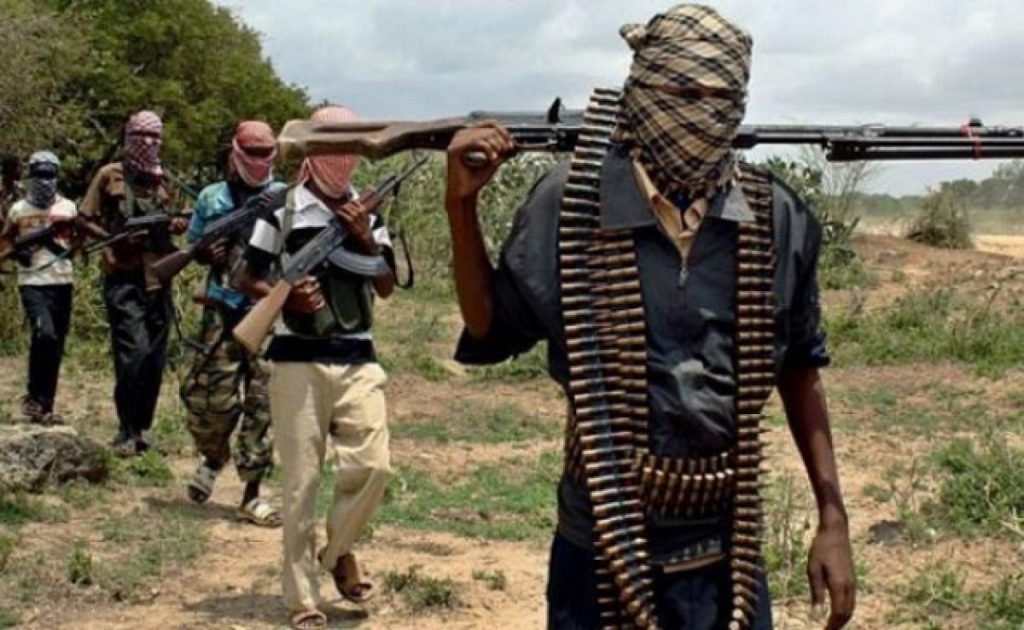By: Sanchit Barua
Nestled in the foothills of the Himalayas, and because of the mountain range, North East India is the physical gateway between India, China and Southeast Asia. Strategically important to both countries, China also claims the Indian State of Arunachal Pradesh as part of South Tibet. Despite a build-up of troops on both sides of the disputed border, it has been suggested that the opening of this passage is inevitable, and that when it happens it will be comparable in geopolitical and economic terms to the opening of the Suez Canal. Today the people of North East India face many challenges. Fifty years of conflict has led to a strong military presence and engendered a culture of violence. Prolonged underdevelopment and the forces of modernisation and globalisation have opened the region to resource extraction, multinational corporations and the channels of international trade. The Indian government sought first to defeat and then to contain movements for self-determination in North East of India, with military force. It is highly militarised and under-developed because of this strategy. The presence of armed groups and the ongoing counter-insurgency operations has a tremendous impact on every-day life and the multi-ethnic dimension to the conflict in NEI often spills over into community relations. In designated ‘disturbed areas’ the armed forces enjoy exceptional powers such as shoot-to-kill, warrantless search, seizure and arrest, and immunity from prosecution for their actions. This has caused deep resentment among the region’s populations. The unrest that accompanied partition in other parts of the sub-continent quickly spread to NEI where the Nagas, many of whom had opposed accession to India, went on to form an armed independence movement.
By the early 1950s the Naga rebellion was in full swing and in 1955 the Indian government sent in the army to restore order and contain the insurgency. Peace talks commenced in 1957 and Nagaland was recognised as a self-governing Indian State in 1963. That the talks continue to the present day is testimony to their failure to deliver a long-term solution beyond the subsequent ceasefire. In August 2011, the Indian central government identified 79 armed insurgent groups active in six of the seven ‘Sister States’ of NEI. Around half are tiny splinter groups; the others range from small ethnic militias to well-equipped rebel armies holding large swathes of territory. Many are involved in formal and informal negotiations with the government. The groups’ aspirations, demands and activities vary widely. More than half are active in the State of Manipur. Nagaland, Assam and Tripura also have long-established armed groups, and more are forming in the States of Arunachal Pradesh and Mizoram, which has witnessed a rekindling of insurgency not seen since the Mizo peace accords of 1987. It is important to point out, however, that only a handful of the 79 armed groups. The multiple insurgencies tell only one side of the story. People want and need the state to provide security but in NEI it has instead allowed armed groups to operate and flourish while the police and army have meted out human rights abuses upon the civilian population. People are frustrated at the government’s handling of the insurgency. Ethnic minorities feel they are subject to institutional discrimination, and many believe that the government has failed to share the benefits of India’s economic growth and development with the people of the Northeast. Counter-insurgency operations in NEI, including the long and brutal repression of uprisings in Nagaland, Manipur, Mizoram, Tripura and Assam by the Indian army, have left an indelible scar on the indigenous populations that bore the brunt of the military force. Physicians speak of a ‘collective post-traumatic stress disorder, passed down through generations’, sociologists talk of communities inured to acts of violence after decades of conflict. Highly militarised since the Second World War, when NEI was part of the frontline between the Allies and the Japanese Empire (which had invaded through Burma into Manipur and Nagland), the Indian troops which fought under the British remained after partition.
More troops were stationed permanently in NEI following the Indo-China war in the early 1960s, in which Chinese forces reached the heart of Assam before consolidating their positions along the India-Tibet border, and the short Indo-Pakistan war in 1971, in which India hosted Bengali guerrilla camps in support of Bangladeshi independence from Pakistan. With each nationalist uprising in NEI, more troops and paramilitary forces were deployed to the region to contain the insurgencies and remained there permanently. Large battalions have also been established to police the borders with China, Burma and Bangladesh. Allegations that Islamist groups like Lashkar-e-Taiba are trying to establish a base in the Northeast, coupled with deep-seated fears about Maoist insurrection taking hold across NEI, add to public perceptions in the rest of India that NEI is a hotbed of ‘terrorism’. The government of India presents its activities in the region as attempts to protect warring tribes from one another, and a steady stream of bombings and assassinations by proscribed groups has fuelled the resolve of an Indian nationalist movement increasingly obsessed with national security. As the military presence has expanded, army elites have steadily increased their grip on economic and political life in NEI. The military has growing power over development policy and former military personnel are well represented in the institutions of regional governance (State governors almost always have a police, military or intelligence background) and the business world, not least the media and construction sectors. While the original plan was for the army to leave NEI when the unrest had been dealt with, the Ministry of Defence is now requesting ownership of the large tracts of land on which its forces are stationed. Protracted government negotiations and temporary ceasefires with one armed group after another have allowed for some semblance of peace and development. Former insurgents from across NEI have also entered into political life, often too much the same advantage as their military counterparts.
Whereas much local decision-making has genuinely been devolved to local institutions of governance, the initial promise of a quasi-federal system has steadily been replaced by a stronger and stronger centre and largely compliant state and regional legislatures. While many people in NEI support self-determination for indigenous groups, devolution along ethnic lines has also fostered a politics of exclusion, with minority communities in newly devolved areas often wholly disenfranchised. All of this has given self determination a bad name, contributing to widespread cynicism within NEI about the government’s handling of the conflict and the vested interests in maintaining the status quo. Civil society is responding to this challenge by trying to re-frame debates about self-determination in terms of justice and equality instead of ethnically-based separatism. The Indian government’s economic policies have also fuelled resentment and insecurity. When India gained its independence, the Northeast’s GDP per capita was slightly higher than the national average; today the region lacks the infrastructure and opportunity of other parts of India – despite making a substantial contribution to the nation’s natural resources. Wages are around 40 per cent less than the national average. NEI supplies oil to other states yet petrol prices are among the highest in the country. Staples like rice and milk that could easily be produced in the region are imported from other parts of India. The shared sense of deprivation and exploitation that has stoked anti-nationalist sentiment and militancy in NEI is summed-up by the oft-heard assertion that ‘the people aren’t Indian, but the resources are’. India’s ‘Look East’ policy, focused on forging closer economic and political ties with its neighbours, and China’s relentless expansion across the border has reaffirmed both the geostrategic importance of the region and the feeling that key policy decisions have been taken out of local people’s hands.
Highly controversial plans to increase resource extraction and construct a new generation of hydro-electric power-producing ‘megadams’ have added to the sense of alienation from central government. Long-term inward migration from other parts of India coupled with the displacement of indigenous populations and the emergence of a rapacious middle class has also exacerbated NEI’s internal tensions and age-old tribal disputes. The rapid accumulation of land and wealth by privileged individuals is contrasted – as in much of India – by rural areas where the majority of the population survives on less than one dollar a day through subsistence agriculture and minimal state assistance. Internal displacement is also an ongoing problem. From the 1990s to the start of 2011, over 800,000 people were forced to flee their homes in episodes of inter-ethnic violence in western Assam, along the border between Assam and Meghalaya, and in Tripura. According to conservative estimates, some 76,000 people remain in internal displacement in NEI due to the prolonged armed violence. India has one of the world’s largest standing armies. Dozens of rebel groups control small swathes of territory. State-sponsored Village Defence Forces (VDFs) are being established and more and more households own a weapon. Wide-ranging exemptions to India’s freedom of information law for both military and national security matters significantly hamper the ability of local journalists to gather information. Military forces involved in human rights abuses go to great lengths to shield their misdeeds from public scrutiny. INAV







